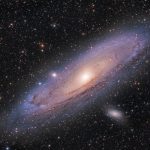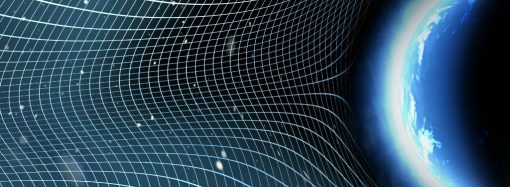Elon Musk’s SpaceX a Step Closer to Mars As Starship’s Super Heavy Booster Test a Success0
- From Around the Web, Space
- July 21, 2021
SpaceX has successfully conducted a three-engine “static fire” test on the third iteration of its Super Heavy booster, one of the key components behind its ambitions for interplanetary travel.
















